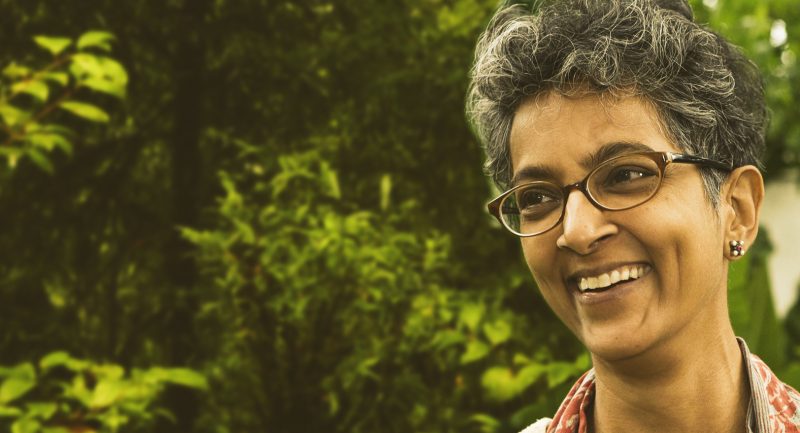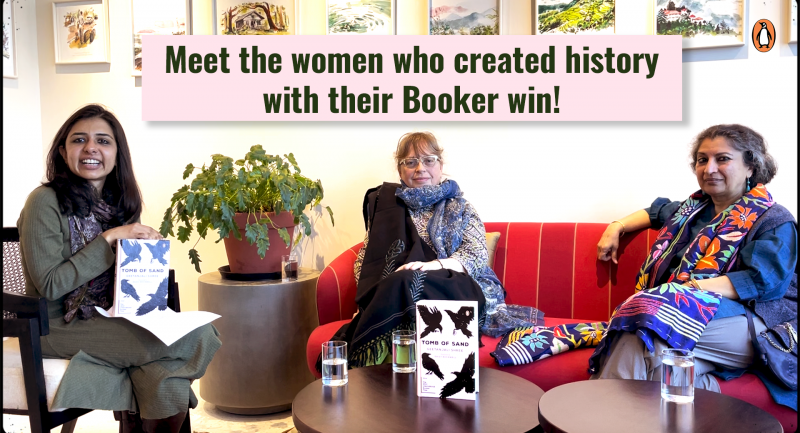
Through fascinating personal experiences and path breaking historical developments, cardiologist Sandeep Jauhar’s Heart-A History presents a wonderful, lyrical insight into the mysteries of the heart-‘the inscrutable shuddering mass’ whose mysteries have been revealed in sporadic discoveries over the centuries and only radically in the last century (and the intrepid, brilliant men and woman at the forefront of these discoveries). With the easy breadth of his medical erudition and the disarming descriptions of his own struggles and inspirations-Sandeep Jauhar navigates the passages of the heart.
Read on for 10 things you didn’t know about the heart.
The heart as the centre of human identity
“The heart’s vital importance to our self- understanding is no accident. If the heart is the last major organ to stop working, it is also the first to develop— starting to beat approximately three weeks into fetal life, even before there is blood to pump. From birth until death, it beats nearly three billion times.”
The lyrical rhythm of the heart
“More than anything, the heart wants to beat; this purpose is built into its very structure. Heart cells grown in a petri dish start to contract spontaneously, seeking out other cells (through electrical connections called gap junctions) to synchronize in their rhythmic dance. In this sense, cardiac cells— and the organ they create— are social entities. The heart can continue to beat for days, even weeks, after an animal has died.”
The Ebers Papyrus-one of the oldest medical documents in the world that describes the heart as the centre of blood supply
“Over the centuries, disparate cultures have viewed the heart as the source of a life- giving force that was to be culled or harvested. In ancient Egypt, the heart was the only organ that was left in the body during mummification because it was believed to play a central role in the rebirth of an individual after death.* They believed the heart was where the soul resided, of course, but a classic document, the Ebers Papyrus, also described the heart as the center of the blood supply, with vessels directed toward the major organs. “The actions of the arms, the movement of the legs, the motion of every other member is done according to the orders of the heart that has conceived them.”
A loving heart
“The ♥ shape, called a cardioid, is common in nature. It appears in the leaves, flowers, and seeds of many plants, including silphium, which was used for birth control in the early Middle Ages and may be the reason why the heart became associated with sex and romantic love (though the heart’s resemblance to the vulva probably also has something to do with it). Whatever the reason, hearts began to appear in paintings of lovers in the thirteenth century.”
It is indeed possible to die of a broken-heart
“There is a heart disorder first recognized about two decades ago called takotsubo cardiomyopathy, or the broken- heart syndrome, in which the heart acutely weakens in response to extreme stress or grief, such as after a romantic breakup or the death of a spouse. Patients (almost always women, for unclear reasons) develop symptoms that mimic those of a heart attack. They may develop chest pain and shortness of breath, even heart failure. On an echocardiogram, the heart muscle appears stunned, frequently ballooning into the shape of a takotsubo, a Japanese octopus- trapping pot with a wide bottom and a narrow neck.”
The invention of echocardiography
“Inge Edler, a cardiologist, and Carl Hellmuth Hertz, a physicist, invented echocardiography at the Univer sity of Lund in Sweden in the early 1950s. They went to shipyards to study sonar, making the conceptual leap that if you can use ultrasound to see a ship five hundred meters away, maybe you can use it to see the heart, too, if only you could change the depth of penetration. They made a prototype probe and put it on Edler’s chest.”
Dr Daniel Williams, the swashbuckling African-American who literally ‘performed’ the first open-heart surgery
“But tamponade was a very big deal in early operating theaters, where cardiac injuries loomed especially large. And it was the driving force on a revolutionary summer day in 1893, when Dr. Daniel Hale Williams, a surgeon at Provident Hospital in Chicago, drained a traumatic pericardial effusion in what was then believed to be the first open- heart surgery. The patient, twenty- four- year- old James Cornish, had been stabbed with a knife in the chest in a saloon scuffle. He was bleeding profusely when he was dropped off at the hospital by a horse drawn ambulance. With no diagnostic equipment other than a stethoscope—X- rays would not be discovered for another two years—Williams examined him.”
Wilson Greatbatch and his accidental discovery of the first pace-maker (tested on a dog)
“So Greatbatch went back to his workshop and fashioned a prototype device out of two Texas Instruments transistors. Three weeks later, Chardack implanted it into a dog. The two men watched in awe as the tiny device took over the heartbeat. “I seriously doubt if anything I ever do will give me the elation I felt that day when my own two- cubic- inch piece of electronic design controlled a living heart,” Greatbatch wrote. From antiquity to modern times, philosophers and physicians had dreamed of taking charge of the human heartbeat. And finally it was possible, using simple circuit elements that were widely available. It was a seminal moment in the history of science”
The race for the heart (transplant)
“It was a close race, but Barnard broke the transplant tape first, on December 3, 1967, thirty- four days before Shumway. His first patient, Louis Washkansky, a fifty- five- year- old grocer, received the heart of a young woman who had suffered brain damage after being hit by a car while crossing the road. He lived for eighteen days after the procedure, succumbing to a lung infection after his immune system was weakened by drugs to prevent organ rejection. Shumway had to content himself with doing the first adult heart transplant in the United States a month later, on January 6, 1968.”
The first human balloon angioplasty by Dr Andreas Gruentzig-engineer at heart
“When those experiments proved successful, Gruentzig went to work on human cadavers. OnFebruary 12, 1974, ten years after Dotter’s first angioplasty, Gruentzig used one of his catheters to perform the first human balloon angioplasty on a sixty- seven- year- old patient with a severestricture of the iliac artery, a major vessel in the leg.”
Affecting, engaging, and beautifully written, Heart: A History takes the full measure of the only organ that can move itself.









